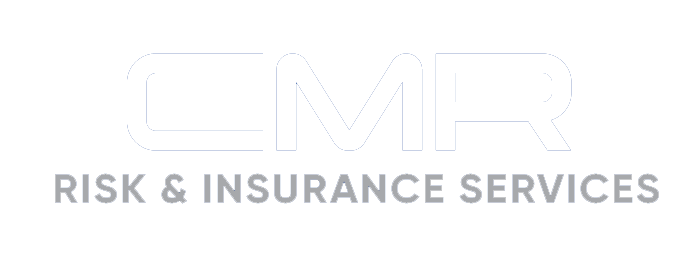2025 Construction Industry Trends

Several trends look to impact the construction industry in 2025. As such, construction business leaders should monitor these developments and adjust their risk management programs accordingly. Trends to watch include:
Economic Headwinds
While the overall inflation rate has cooled from its recent highs, it continues to influence a range of costs in the construction industry. In 2025, inflation will likely keep compounding the industry’s rising material costs and total project expenses. In addition to inflation, ongoing labor shortages and supply chain struggles are creating economic headwinds. Certain construction product shortages and sourcing issues for building materials will likely press on for the foreseeable future. These challenges affect the prices for building materials that have become more difficult to obtain and make construction projects more expensive to complete. Additionally, supply chain issues for building materials may extend project timelines, further elevating costs.
Due to these economic conditions, construction employers should reduce their businesses’ risks by upholding responsible financial plans and practices (e.g., scaling back certain operations, promoting steady cash flow, improving recruiting and retention efforts, ensuring proper debt management, fostering strong connections with stakeholders, vetting vendors, and leveraging effective marketing strategies).
Legal Challenges
Several large-scale structural disasters have prompted sweeping changes to building safety regulations. Although laws continue to evolve and vary between jurisdictions, construction companies that neglect to uphold these requirements may face costly legal fines and penalties and lose business opportunities. Contract breakdowns and associated construction project problems have also contributed to recent legal challenges, and the rise in business insolvencies has compounded existing project delays and supply chain disruptions, threatening companies’ stability.
To mitigate legal risks in 2025, construction employers should consult legal counsel to help them monitor the latest legislative developments and adjust their operations as needed to maintain compliance, especially pertaining to building safety standards. Employers should also review their contracts, ensuring they properly address insolvencies and outline steps to limit potential project problems.
Insurance Claim Concerns
As social inflation drives up the cost of insurance claims, verdict amounts have surged. Several factors have contributed to this increase and subsequent insurance claim expenses, including rising litigation funding, desensitization to large verdicts, changes in the legal environment and shifting public sentiment toward businesses. Aside from large verdicts, increased project disputes have exacerbated insurance claim costs. These disputes have arisen from several scenarios, including the remediation of defective operations and faulty work, building safety issues and insolvency-related failures.
Employers should better understand how to prevent these issues. Some strategies to consider include adhering to eco-friendly building principles, following building regulations and industry best practices, providing worksite supervision, conducting regular employee safety education and training, vetting potential employees and using technology to promote safe driving.
Extreme Weather Events and Wildfires
The occurrences of natural disasters have skyrocketed recently, causing widespread damage. Such events (e.g., floods, wildfires and hurricanes) can destroy construction materials, tools and equipment, making projects more costly and prolonging completion dates. Additionally, the increasing prevalence and rising costs of these events have caused insurers to limit their coverage offerings for businesses in certain areas, leaving some construction companies underinsured. These events can also cause safety issues and costly supply chain disruptions.
Experts anticipate extreme weather events will worsen, so construction employers should enhance their preparedness and reduce related risks. Key steps to implement include selecting safe storage areas for tools and equipment, using weather-resistant building products, maintaining a reserve of essential materials, diversifying supply chains, developing contingency plans, adopting related occupational safety programs (e.g., those for heat-related injuries and illnesses), and documenting natural disaster preparedness strategies for insurers.
By mitigating trend-related exposures, construction employers can position their businesses to promote long-term growth and boost operational success. Contact us for more information.
Article Published By: Zywave, Inc.
